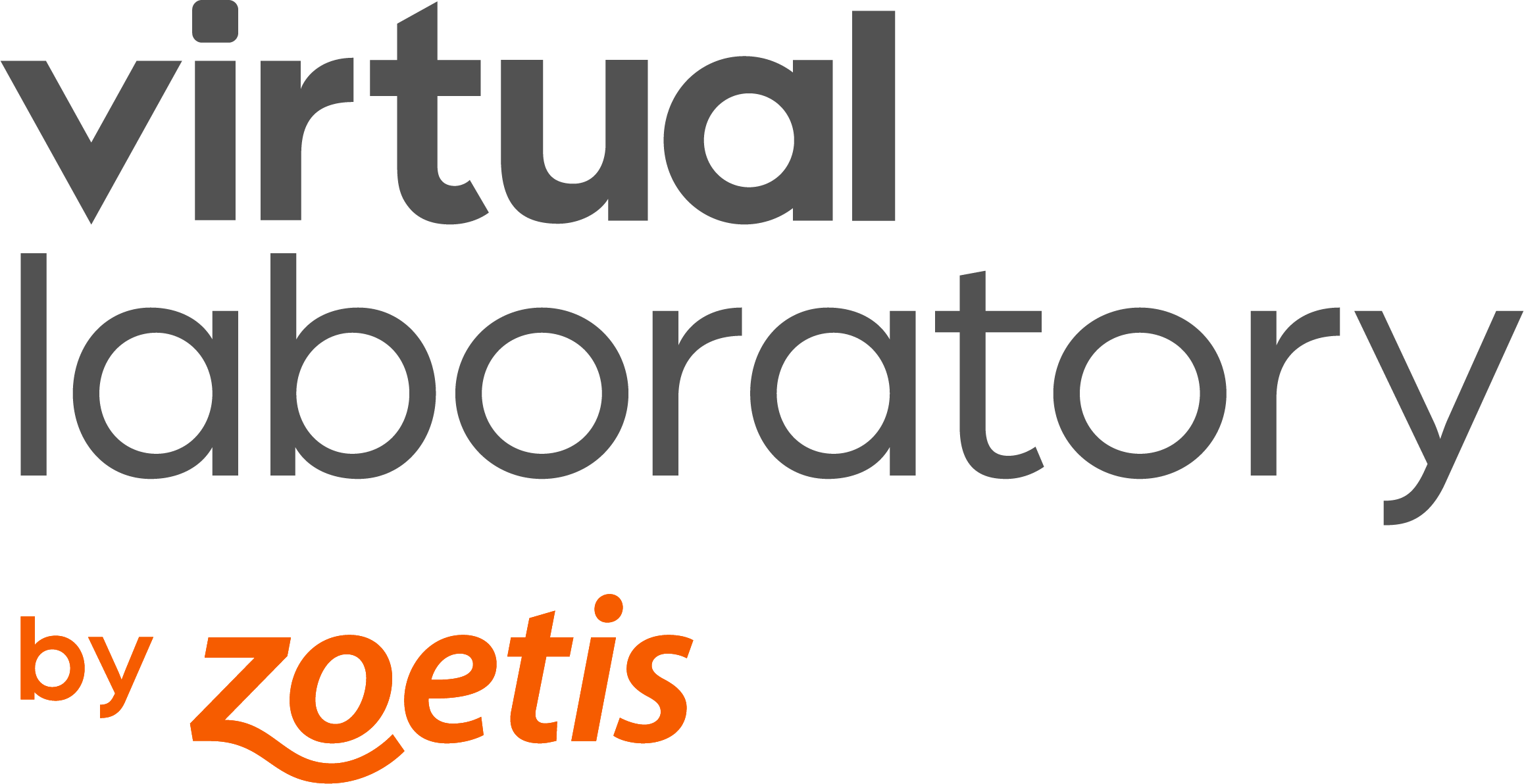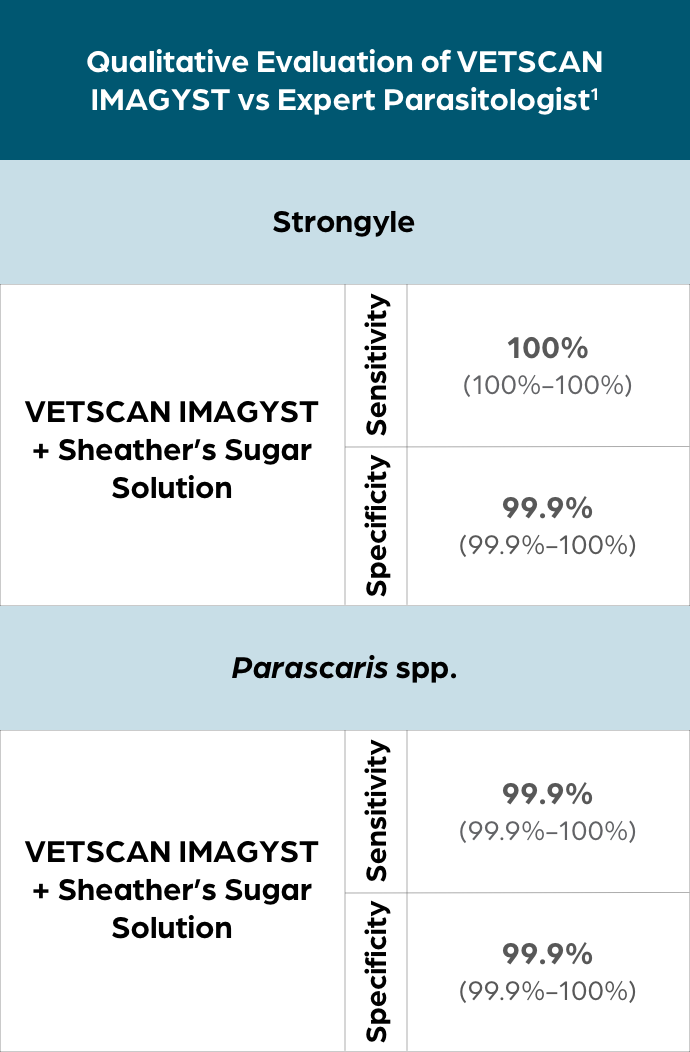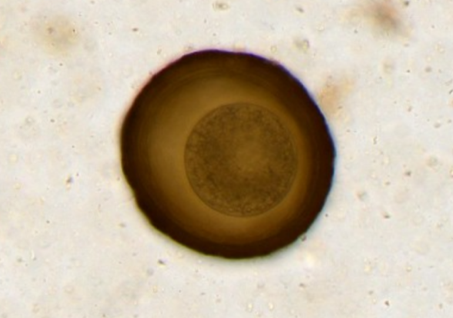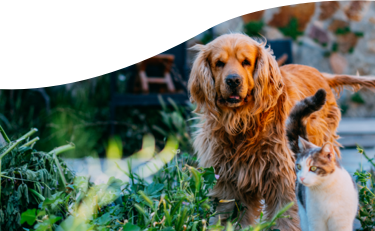Zoetis provides a comprehensive portfolio of equine parasite control solutions to help you individualize treatment

 |
Quest® Gel for early grazing season and Quest® Plus Gel for end of grazing season are the only dewormers that treat encysted small strongyles and bots in a single dose, with broad-spectrum support that also treats large strongyles (bloodworms), pinworms, hairworms and stomach worms
Quest Plus Gel also includes a secondary ingredient for the treatment of tapeworms
|
 |
Recommended for the important treatment of roundworms (ascarids) in foals at 4 to 6 months of age and 1 month postweaning
|
 |
Recommended for the essential treatment of roundworms (ascarids) in young foals at 2 to 3 months of age and effective against large strongyles (bloodworms) and pinworms in adult horses
|
Quest® Gel for early grazing season and Quest® Plus Gel for end of grazing season are the only dewormers that treat encysted small strongyles and bots in a single dose, with broad-spectrum support that also treats large strongyles (bloodworms), pinworms, hairworms and stomach worms
Quest Plus Gel also includes a secondary ingredient for the treatment of tapeworms

Recommended for the important treatment of roundworms (ascarids) in foals at 4 to 6 months of age and 1 month postweaning

Recommended for the essential treatment of roundworms (ascarids) in young foals at 2 to 3 months of age and effective against large strongyles (bloodworms) and pinworms in adult horses
 PRODUCT DETAILS
PRODUCT DETAILS

















